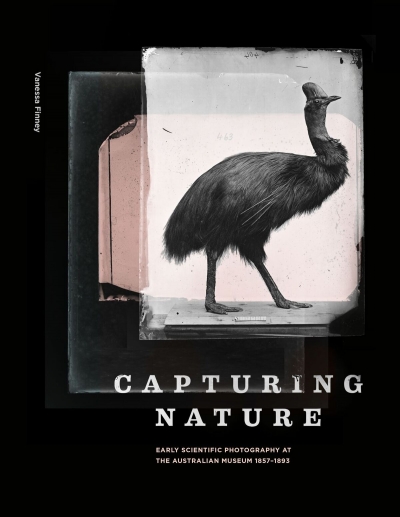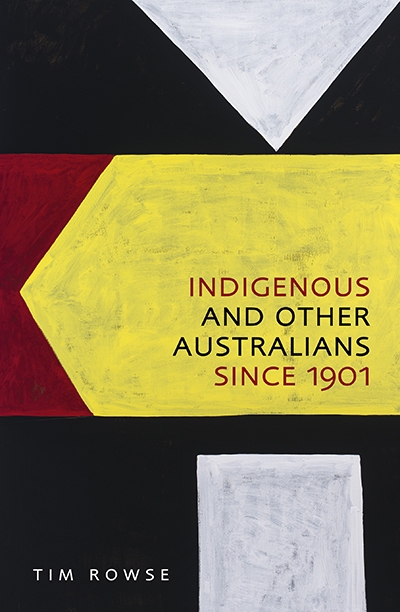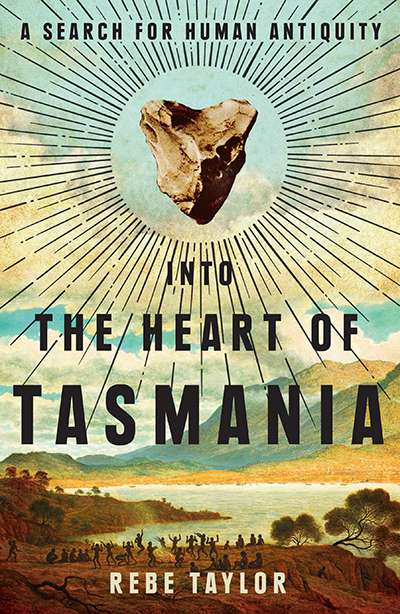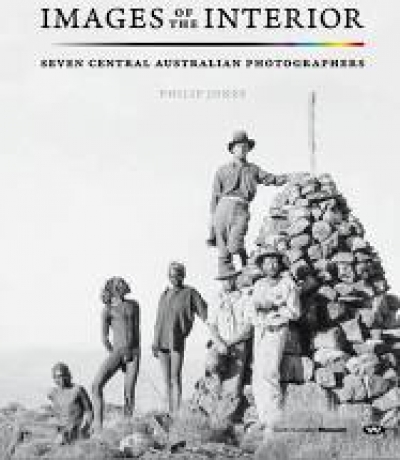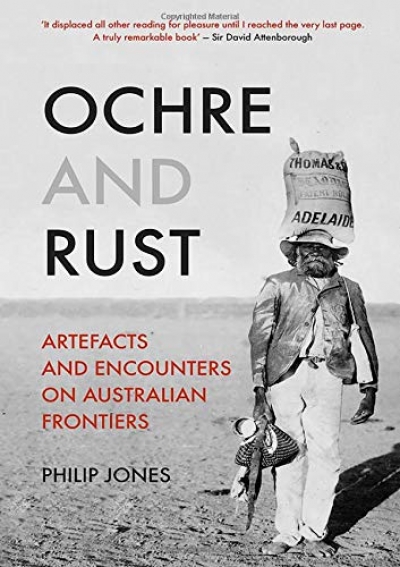Philip Jones
Capturing Nature: Early scientific photography at the Australian Museum 1857–1893 by Vanessa Finney
Comments from John Miller, Barry Oakley, Davd Fitzpatrick, Claire Rhoden, and Robert Wills.
... (read more)To the layperson, the shifts and variations in government policy and its effects on Aboriginal lives can be bewildering, even during the past decade. Tim Rowse has done a great service by analysing more than a century of this tangled history, locating its patterns and its driving forces and making sense of it ...
... (read more)To complement our coverage of new books on the subject, we invited a number of writers, scholars, and environmentalists to nominate the books that have had the greatest effect on them from an environmental point of view.
... (read more)Even young trees bear the signature of deep time, if not eternity. For most of humanity’s existence, men and women have looked upwards through trees, wondering at the tracery of their branches piercing the firmament, the domed lid of the earthly world. Recorded mythology confirms that trees have occupied that special place in every ancient belief system; rooted in ...
This year marks the thirtieth anniversary of the publication of Bruce Chatwin’s The Songlines, one of the most influential books about Australia to reach an international audience. It appeared just months after ...
... (read more)Calibre Essay Prize
The Calibre Essay Prize, now in its eleventh year, has played a major role in the resurgence of the literary essay. This year we received almost 200 essays from fourteen countries. ABR Editor Peter Rose – who judged the Prize with Sheila Fitzpatrick (award-winn ...

